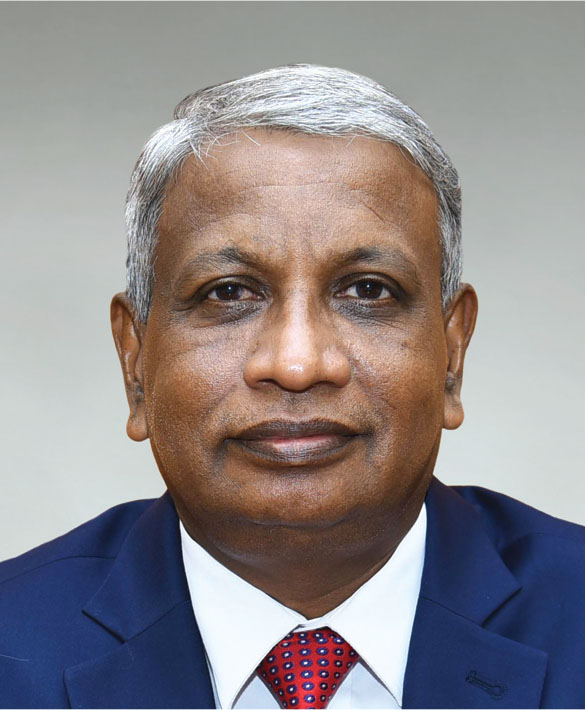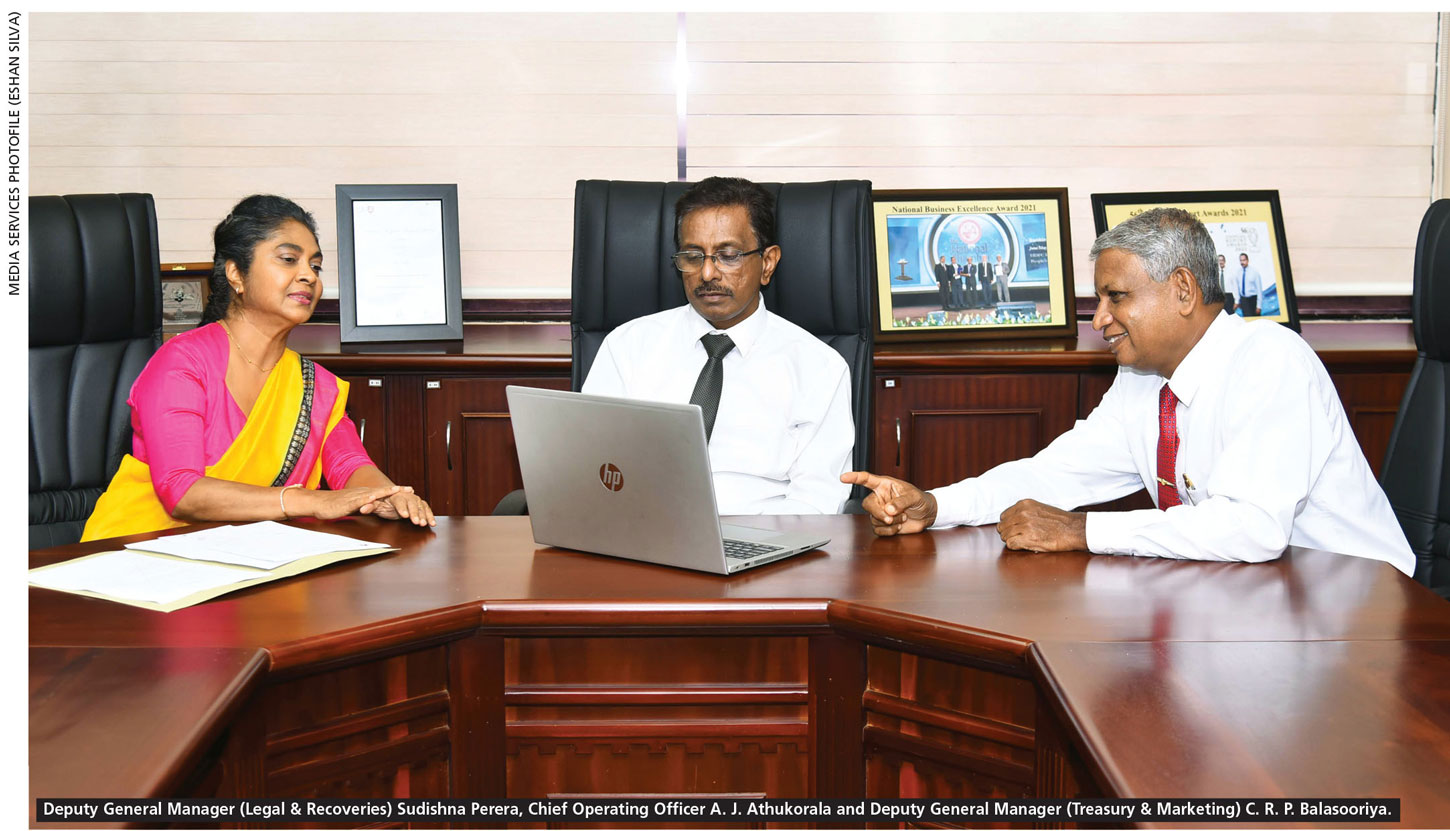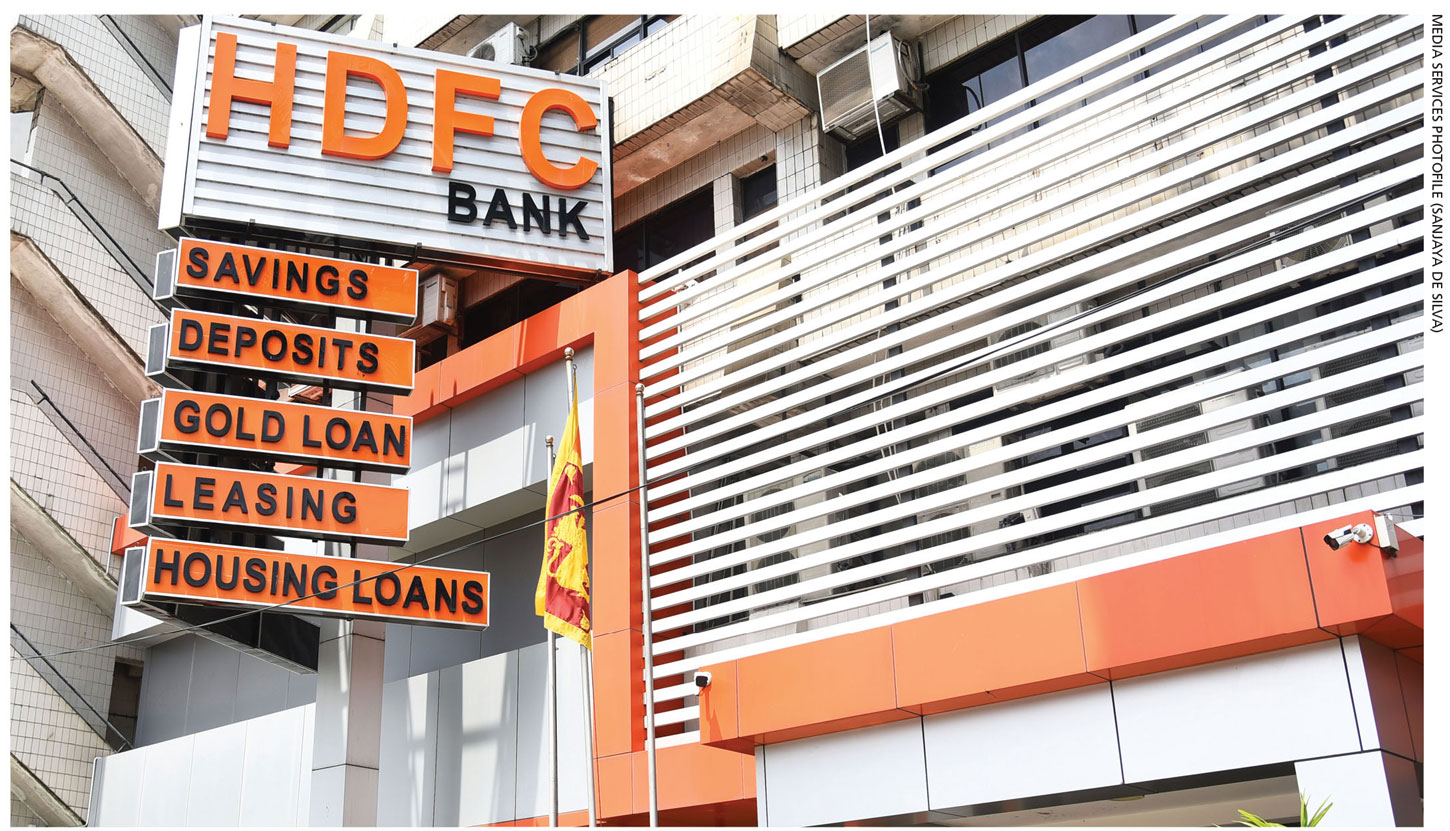LMD 100 Q&A
HDFC BANK OF SRI LANKA
Q: How can Sri Lanka improve its ease of doing business and competitiveness on the international stage?
A: Sri Lanka is classified as a lower middle-income country (LMIC). Due to the recent misfortunes faced by the nation resulting from the prevailing economic crisis, forex reserves have declined – among other economic indicators – to a historical low, and the government has also decided to default on its external debts. In addition, many international agencies have downgraded the country’s credit rating.
The government should prioritise an economic model driven by the private sector, trade and foreign direct investments (FDI). Sri Lanka must work on facilitating and implementing wide-ranging economic reforms, building sound infrastructure, encouraging and making crucial technological transitions, and introducing attractive and transparent tax reforms – if we are to navigate through this crisis.
It is important to focus on regulating and implementing policies to promote sustainability, and maintain macroeconomic and political stability, as well as confidence in the local currency.
Q: What is the role of corporates in Sri Lanka’s economic revival?
A: Sri Lanka is facing several economic crises such as declining forex reserves, defaulting on repayment of external debts and political instability – to name a few. The main role of corporates in Sri Lanka is to increase the productivity of business by effectively using existing resources in the country.
The corporate sector should contribute to the economy by creating jobs, improving industry standards, introducing new technologies and ultimately contributing to increasing government revenues. While corporates could contribute to the economy, they can also help to mitigate the impact of the economic crisis by carrying out CSR projects that benefit society.
Sri Lanka must work towards increasing its export revenues. An effective way to do this is to find niche value additions, which can contribute immensely to the supply chains of multinational companies (MNC), thereby giving them a competitive advantage and attracting their use of our services.
Corporate entities could contribute greatly to this strategy, which will bring in much needed foreign revenue, and also position Sri Lanka in the world market as a ‘go-to destination’ for value added services.
Q: What measures have been taken to sustain and grow your bank in the past 12 to 18 months?
A: The financial services sector in Sri Lanka is facing its most challenging period now. Financial risks are very high with the ongoing economic crisis, forex reserves are declining sharply and the country’s ratings have been severely downgraded by international rating agencies.
The greatest challenge for the financial services industry at this time is overcoming a severe liquidity shortfall. Although the outlook is bleak, HDFC bank has maintained a solid liquidity position without significant difficulties in the past two years.
Well positioned as a leader in housing development finance despite the prevailing economic crisis, and its adverse impacts on society and the economy, HDFC Bank has recorded a sound performance over the past two years.
As a further testament to our stable performance and overall service excellence, we were presented the Merit Award (Banking Sector) at the National Business Excellence Awards 2021 organised by the National Chamber of Commerce of Sri Lanka (NCCSL).
The government should prioritise an economic model driven by the private sector, trade and foreign direct investments (FDI)
Q: How is your bank faring under existing macroeconomic conditions?
A: HDFC Bank consistently reviews the liquidity and profitability position of the bank, as well as market movements. Accordingly, we are able to implement appropriate strategies to mitigate risks associated with adverse events.
Today, our main focus is to manage the bank’s liquidity position; and also, improve our operating efficiencies. Those are the key aspects around which we develop strategies to serve our customers.
The bank has also continuously invested in the capacity development of our staff, who we consider to be a crucial determinant of our success.
HDFC Bank has also invested in adopting new technologies and implemented timely solutions that add to increases in our productivity, resilience and performance.
Further, HDFC Bank is committed to gradually building up its short-term investments portfolio, which has high liquidity. This would be helpful in mitigating the liquidity risks of the bank.
Although times may be tough, our bank optimises on its visionary strategy; strong leadership; and dedicated, committed and passionate workforce. All these variables merging in harmonious union have enabled HDFC Bank to achieve good performances in the last two years despite the economic crisis and consequences of the COVID-19 pandemic.

Deputy General Manager –
Treasury & Marketing
Q: How do you view the value of the rupee – and where do you see it heading in 2023?
A: As of September 2022, the Sri Lankan Rupee is one of the worst performing currencies in world. At the beginning of the year, the US Dollar to Sri Lankan Rupee exchange rate was around Rs. 200. As a result of the crisis situation that has been escalating however, we recently saw the US Dollar’s exchange rate soaring to an all-time high.
The IMF has agreed at staff level on a bailout package of around US$ 3 billion. On top of this, foreign employment remittances are gradually improving.
Further, it is expected that tourist arrivals will see a steady increase in 2023. Given this backdrop of positives and the subsequent recovery of these stressed sectors, coupled with export growth, we would be able to maintain the prevalent US Dollar to Sri Lankan Rupee exchange rate – at least at the same level in 2023 – without seeing it depreciate further.
Q: What is your take on the country’s credit portfolio?
A: At present, leading international rating agencies such as Moody’s Investors Service, Fitch Ratings and S&P Global Ratings have evaluated Sri Lanka’s credit rating to be very low – indicating very high economic, social and environmental risks.
Further, they clearly state that Sri Lanka’s credit fundamentals will likely remain very weak for the foreseeable future. The negative outlook on the local currency’s rating has also reflected the high risk involved in commercial debt repayments over the next 12 months in the context of Sri Lanka’s economic, external and fiscal pressures.
With proper implementation of the proposed reforms however, the country’s credit rating is expected to recover gradually.
The greatest challenge for the financial services industry at this time is overcoming a severe liquidity shortfall
Telephone 2356800 | Email hdfc@hdfc.lk | Website www.hdfc.lk






